If you buy via a link on this page, we may receive a commission, at no extra cost to you.Learn more
Spinning rods and baitcasters are used separately for fishing, but can you use them together? If you can use them together, why would you and why would you not?
Can you use a baitcaster on a spinning rod? Yes, technically, you can use a baitcaster on a spinning rod, but it’s not usually done because a spinning rod typically uses a spinning reel, which is the exact opposite of a baitcaster.
Because the spinning rod typically uses the opposite type of reel from a baitcaster, they aren’t designed to be used together.
Why Not Use a Baitcaster on a Spinning Rod
When using a spinning reel, the line comes off the reel in large loops, which is why spinning rods have such large guides. With a baitcasting reel, the line comes the casting rod off in smaller loops, which is why casting rods have smaller guides than spinning rods.
Baitcasters and Casting Rods
A baitcaster is a reel with a revolving spool that sits atop a casting rod with a trigger handle. They’re meant to be mounted on casting rods, not spinning rods. Casting rods and baitcasters are generally considered not for beginners.
Casting rods and baitcasters are best when you’re fishing with jigs, spinnerbaits, and crankbaits for bait. This is because you can get greater accuracy with the casting rod versus the spinning rod.
Related Article: 10 Best Baitcasting Reels Reviews
Baitcasters are harder to master than spinning reels, but once you do, you can generally launch further than spinning reels and with more accuracy. However, on your journey towards baitcaster mastery, you may experience backlash, a mess of line when you can’t find the right thumb pressure on the spool.
Baitcasters are necessary when you’re dealing with any kind of spotty surface area. If you’re dealing with lily pads, you’ll be able to drop your lure between them with accuracy with a baitcaster much better than with a spinning rod.
Spinning Rods and Spinning Reels
Spinning rods are perfect for beginners. They’re easy to get the hang of, as you just have to cast and turn the handle when you’re ready to bring the line back in.
Spinning rods pair with spinning reels, which sit underneath the rod. The eyes of the spinning rod are designed to allow the line to spool out in large circles, making it less complicated than using a baitcaster.
Spinning rods and reels are best with lighter baits like light plastics and live bait. This is because you’re only limited by how hard you want to cast out with spinning reels, whereas casting rods and baitcasters have some drag associated with them. You also have no backlash.
Spinning rods are great for all-around usage, but they’re hard to focus on when you need to hit a specific spot. If you’re looking to shoot your lure right in front of that big bass, you need to choose a casting rod and baitcaster.
Related Article: 10 Best Spinning Rods Reivews
The Opposing Sides of a Baitcaster and a Spinning Reel
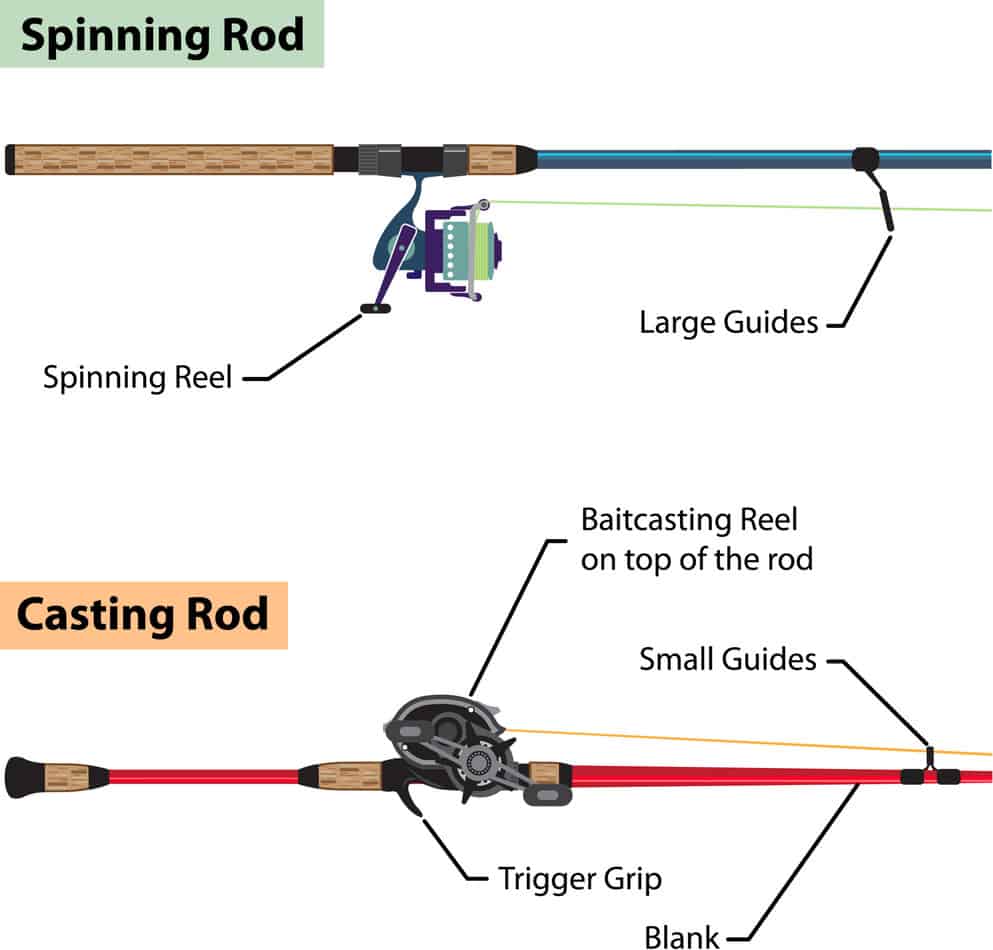
Baitcasters and spinning reels do the same job on the two different kinds of rods. What does each reel need from the rod to function? They need different things and are set up differently, which is why you shouldn’t mix them, but let’s look deeper at just what’s different.
Where Baitcasters and Spinning Reel Sit
The biggest difference between baitcasters and spinning reels is where they sit. While the baitcaster sits atop the rod, the spinner hangs down. Each type of rod is created expecting pressure to be put on it in certain ways by the baitcaster or spinning reel.
The Eyes of a Casting Rod vs. a Spinning Rod
The ‘eyes’ or guides of a casting rod refer to the little metal loops designed for the lure to feed through. Whereas a spinning rod has larger, downward-facing eyes, a casting rod has smaller eyes meant to be directed upwards.
Using a baitcaster on a spinning rod will essentially cause it to spin upside down. The entire rod will have pressures put on it that cause it to bend in ways it isn’t intended to be bent. Too much pressure will actually snap the rod.
Overall Casting Rod Comparison to a Spinning Rod
Casting rods are usually shorter and thicker, making them easier to control as you’re operating the entire rod at any moment. They need to be strong, and the stability the thicker rod offers is able to support the pull of the baitcaster.
Spinning rods are normally thinner and longer, allowing the line to spool out before being cast. This allows you to still have some aim while building enough momentum to cast the lure out far enough.
A casting rod will also normally have a trigger. A spinning rod will not usually have this, though there are some exceptions, of course. If you can’t tell though and you can spot a trigger, you’re safest assuming it’s a casting rod.
Is Baitcasters and Casting Rods Better Than Spinning Rods and Reels?
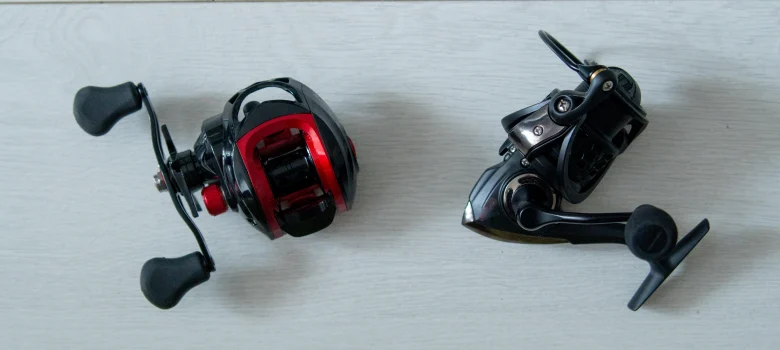
Are casting rods with baitcasters better than spinning rods? In some ways, yes. In others, no.
Here are some benefits of casting rods with baitcasters:
- More precise hit. You have almost total control with baitcasters, whereas, with spinning rods, you can’t control the aim of the lure so much. This is necessary for areas with lily ponds or when you need to hit a certain spot for another reason.
- They can handle heavier lines. The casting rod is heavier than the spinning rod, so it can withstand the weight of a more heavy-duty line. If you’re going to be doing the major pulling, you’ll probably need a casting rod and baitcaster.
- They can handle heavier, harder usage. If you’re looking to catch the big one, you need a heavy-duty casting rod. Spinning rods are too easily broken to hold up to heavy, strong fish.
Here are some cons of casting rods with baitcasters:
- They’re complicated. You have to work hard to learn how to use them and it takes a lot of practice, compared to the ease of spinning rods.
- Backlash, which is rarer with spinning rods, can cause a ruined trip. You don’t want to spend your trip picking apart lines that’s gotten wrapped up on your reel.
Here are some benefits of spinning rods and reels:
- They’re easy to use. These are the beginner’s best friend as they’re easy to cast and draw with their simpler design.
- Newer models can handle heavier lines. Originally, spinning rods had to have thinner lines, which snap and break if you catch a big enough fish.
- Nearly no backlash. With baitcasters, a bad cast can result in a mess of lines tangled around your reel. Spinning reels won’t do this unless you really make a mess of it as I would.
Here are some cons of spinning rods and reels:
- The older or cheaper line won’t hold against major fish. Braided line is a new idea that’s thin enough to be used on spinning rods, but strong enough to be used on larger fish. If you can’t get ahold of it, your limit will be lower.
- Less involvement in fishing. For some people, the entire experience of fishing is fully controlling the rod. A spinning rod requires much less work.

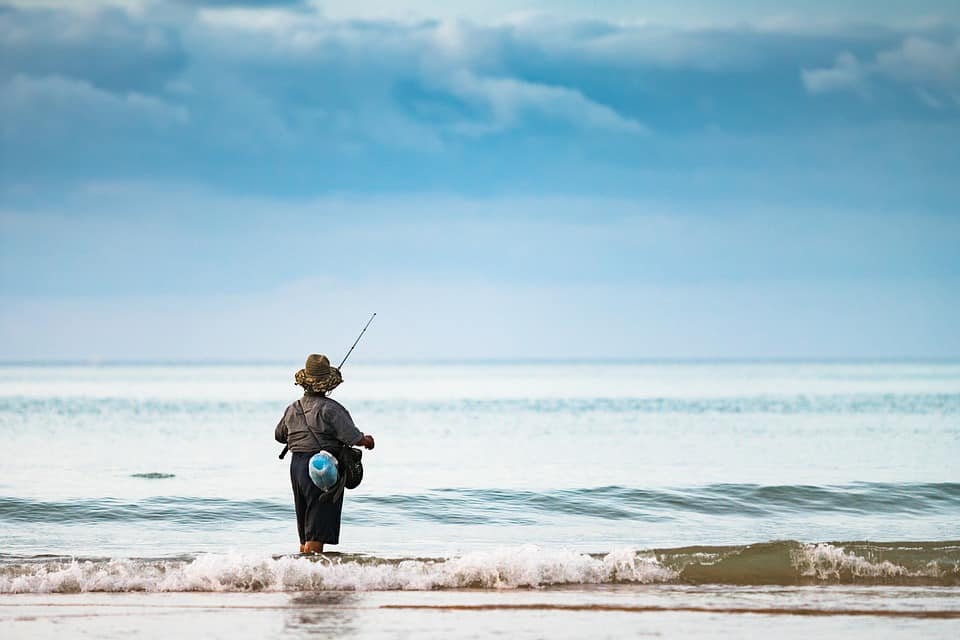
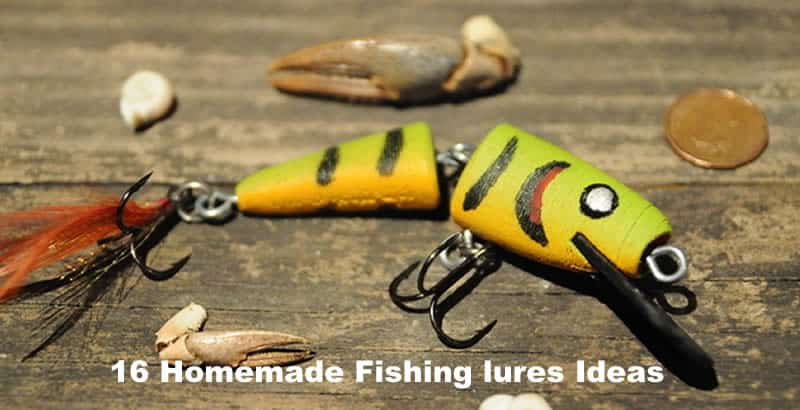

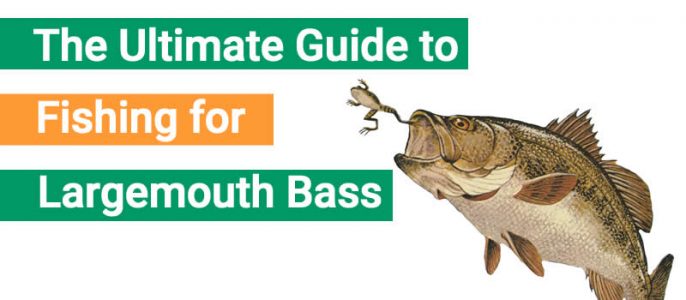
Hi Steven, great comparisons on casting rod vs spinning rods also the difference in the two reels. Bait casting reels have been around for ever which in the 60s they were easier to use then now.